Norms and requirements for the chimney for a gas boiler - what is important to know during installation?
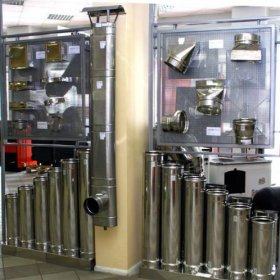
The chimney pipe, towering above the roof, is only a small visible structural element of the complex mechanism responsible for the removal of smoke and gas. Regardless of which fuel the heating equipment runs on (solid, liquid or gaseous), it is necessarily supplemented by a system for exhausting combustion products. Each homeowner should have an idea about the installation of the chimney in his house, which will allow him to properly operate the heating system in principle. For those who have yet to solve similar problems in arranging their home, before we go to a specialized store or invite professionals, we suggest that you first familiarize yourself with the theory. Take gas heating as an example. To begin with, at a minimum, you need to know what chimneys are for gas boilers, what are their strengths and weaknesses.
Content
Types of chimneys: what will the specialist offer?
Is it possible to independently arrange a chimney? Of course! Although, if you have to deal with this work for the first time, then consulting a specialist will in no case be superfluous. But, anyway, you still have to figure out what kind of chimneys for boilers exist at the moment.
So, you may be asked to choose one of these options:
Option # 1 - Classic Brick
Although its construction will be offered to you, it is unlikely, since it is not even yesterday, but the day before yesterday. Brick chimney is distinguished by the complexity of the design, high cost and its construction takes a lot of time. In addition, in many operational characteristics, such a chimney is inferior to more modern designs.
Option # 2 - Stainless Pipe
Here the manufacturer offers a wide range. Among the advantages, one cannot fail to note the high resistance to mechanical damage and the effects of an aggressive environment. The chimney for a gas boiler made of stainless steel, as a rule, is made in the form of a sandwich system - two pipes with different diameters in one another. The empty space between them is filled with heat-resistant basalt wool.
Without exaggeration, the chimney device for a gas boiler using a stainless "sandwich" is one of the most successful solutions to date.
Option # 3 - Coaxial Chimney
You will not confuse it with another design, a distinctive feature is a presentable appearance. Although the operating parameters are at a high level.Moreover, the coaxial chimney for a gas boiler has a specific shape, on the inner walls of which condensation does not form. This point is very important especially for gas-fired heating systems.
Option # 4 - Ceramic Design
This is not to say that it enjoys great attention from the consumer audience in the elite construction segment. And, where simplicity and reliability, ease of installation and fire safety are preferred, and with all this an affordable price, a ceramic chimney has no alternative.
Whatever technology is preferred, in the end, the device of the chimney for a gas boiler involves working with such elements:
- An adapter connecting the pipe of the boiler and the chimney.
- Passage pipe.
- Telescopic tubes.
- The bracket and clamp are the main wall mounts.
- Tee with revision - at the bottom there is a special fitting for condensate removal.
- The tip is conical in shape.
- Bends.
We suggest you watch a review video with expert advice:
What affects the efficiency of the chimney?
Perhaps the question is posed somewhat incorrectly from the point of view of a professional. Since the health, and sometimes the life of people, depends on the effective operation of the system for removing combustion products, it is more advisable to consider the requirements for the chimney of a gas boiler.
The chimney of any design must be performed in accordance with the requirements of SNiP 2.04.05-91, as well as DBN V.2.5-20-2001. Otherwise, there will be an improper chimney arrangement and the connection of heating equipment to it. And this in turn calls into question the safety of the operation of the entire heating system. In these documents, the device of chimneys of boilers is clearly regulated. These documents are subject to careful study, since a violation of the norms set forth in them will necessarily lead to problems with the gas industry.
If we briefly voice the requirements for chimneys of gas boilers, then first of all you need to pay attention to such points:
- Good traction is the key to the efficient use of thermal energy from gas combustion.
- The correct design of the condensate collector - excess moisture should not accumulate on the walls of the chimney channel.
- It is forbidden to install deflectors, fungi, etc. on the top of the chimney. These elements reduce the efficiency of removal of combustion products, and there is a risk of carbon monoxide entering the room.
- The requirements for the chimneys of gas boilers require maximum attention to the installation work. Particular emphasis should be placed on the tightness of the fittings at the joints, that is, maximum tightness should be achieved. This will not allow hot gases to penetrate the chimney.
- It is allowed to use common connecting flue pipes for several units.
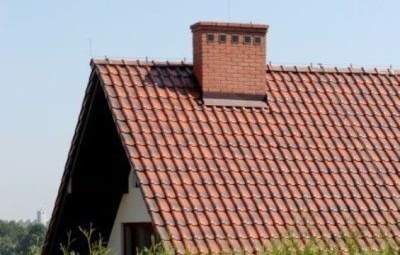
Outwardly, it seems that the chimney is brick. In fact - it's just the finish, and it is inside the pipe
The chimney device algorithm inside the building
The installation of a chimney for a gas boiler can be carried out both inside the building and independently (outside). You can understand the difference, having made certain conclusions regarding your specific case, from our small table.
| Indoor chimney | Outdoor chimney |
|---|---|
| If it is supposed to heat all the rooms through which the chimney will pass, then thermal insulation is not necessary. Only the outer part of the pipe is insulated. | There is a need for a complete thermal insulation device |
| Higher risk of carbon monoxide in the room. Increased fire hazard. | High level of operational safety. |
| It requires a lot of different structural components, which makes installation difficult. | The components of the chimney are of the same type - installation is simpler. |
| Difficulties in performing repair work. | Repair is very simple for any problems. |
As they say, make your own conclusions.
We bring to your attention the internal structure of the chimney system. Briefly, this process consists of the following steps:
- Marking in ceilings and roofing cake for openings under the chimney. We check the correctness several times.
- Cut out the opening for the pipe.
- The branch pipe leaving the boiler is connected to the adapter adapter.
- The tee and revision are connected, the steel sheet is attached, the main bracket is installed.
- The pipe grows, if you need to use the "knees".
- For installation through floors, a special pipe is used.
- A galvanized steel sheet is put on the pipe, in which a hole of a larger diameter is previously made than the chimney pipe. Galvanization is fixed to the ceiling.
- To strengthen the joints, clamps are used, which are tightened with bolts or high-quality wire.
- The chimney itself is attached with wall clamps, a step of 2 m, as well as brackets, a step of 4 m.
- To complete the design, a special conical tip is intended.
- Chimney insulation is in progress.
In conclusion, we suggest watching a video material where the entire installation process is shown very clearly:

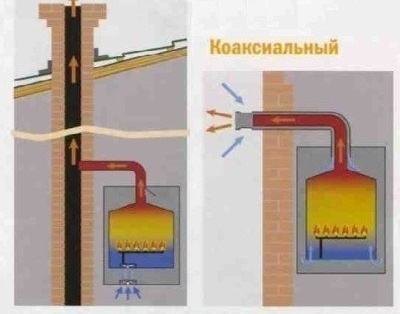

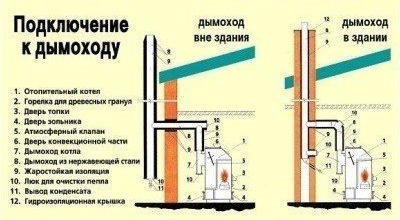
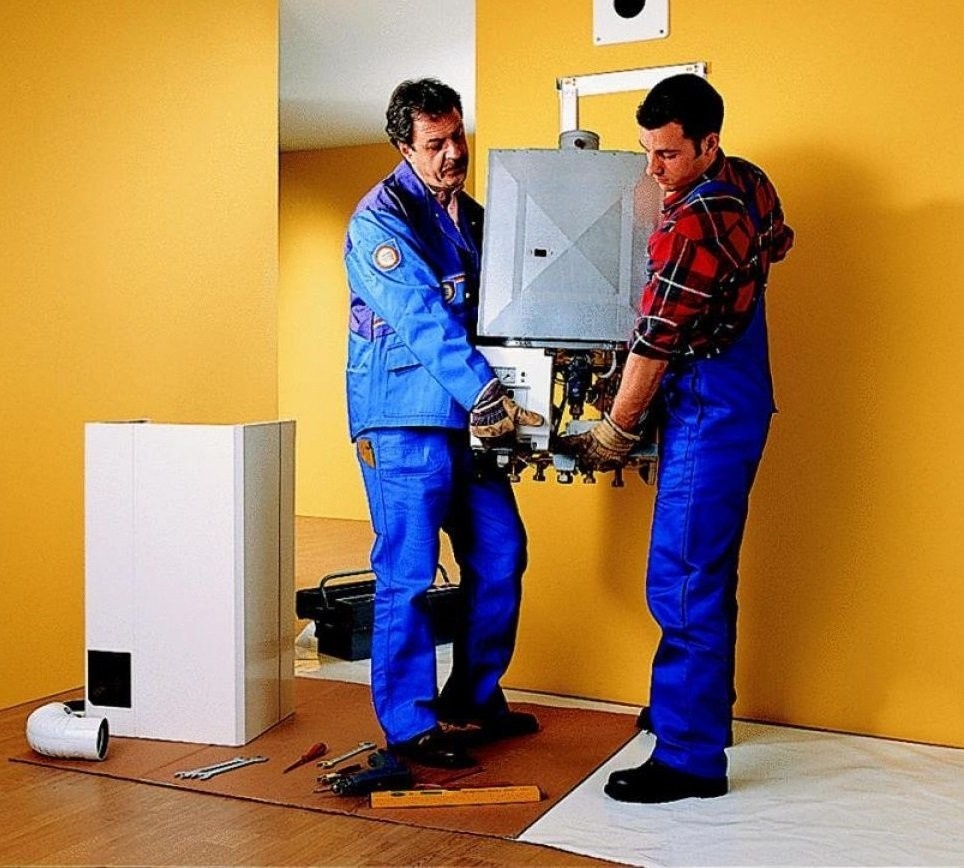
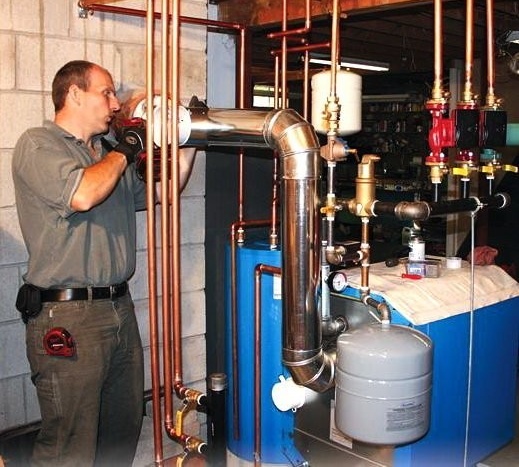
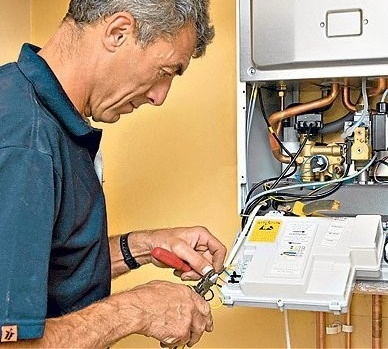
2 comments